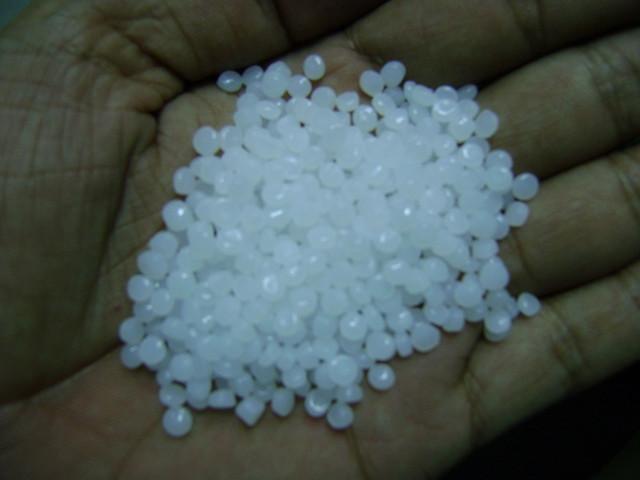A recent story suggesting that diesel engines will all but disappear from a majority of European vehicles due to the increasing emission standards became news all through the month of September. The future of diesel cars in Europe has always always been under scrutiny ever since the new EU-emission targets were released, and this allows high density materials to make their move.
“Renault has always said that it will adapt its offer according to the local market demand,” says Chloe Yemm, a spokesperson for Groupe Renault. The leading automobile manufacturer has typically been a heavy investor in diesel technology and diesel automobiles make up as much as 70% of its sales in the UK.

The adoption of diesel cars came under scrutiny since the Kyoto treaty of 1997 that pledged to introduce solid measures to reduce carbon emissions across Europe by 25% over a 10 year period. Some may argue that diesel engines emit 15% less carbon when compared to petrol, but the fact that they emit four times the nitrogen oxide compared to their petrol counterparts makes quite dangerous to the environment. In fact, the World Health Organization classified diesel engine exhaust as ‘carcinogenic’ in the year 2012.
New emission standards are expected to come into effect in the European Union by the year 2021. Car manufacturers need to achieve an average of 95 grams of CO2 per kilometer, with limits being set on the value curve according to vehicle mass. These standards shall begin to be phased into the system by the year 2020.
The government is also offering strong financial incentives to meet these standards. From the year 2019, any fleet with an average that is over emission standards shall be charged €95/gram of emissions excess for its registered vehicles. Before the VW scandal rocked the world, automobile manufacturers were banking on diesel vehicles to meet these targets.
However, since the scandal, most diesel models are finding it difficult to meet nitrous oxide emission limits without a complete redesign and this means that they are no longer cost-effective solutions to achieve and maintain fleet averages.

To meet these emission standards within the limited timeframe, manufacturers are now looking at lightweighting the vehicles, particularly since this is already a trend in the current market. Metal prices have been strongly affected in the wake of UK’s Brexit vote, and this leaves high density materials, particularly high density plastics such as nylon, polyvinyl chloride (PVC) and polypropylene (PP), in a strong position to make the most of any light weighting initiative.
The Plastics and Polymer Composites in Light Vehicles report published by the American Chemistry Council already showed us how high density plastics offer an exciting alternative for metals. The report states that automotive plastic materials make up for as much as 50% of a vehicle’s volume, but just 8% of its weight.
The limited time frame and ‘real world’ testing has led to the shift away from diesel and this means that more and more automobile manufacturers will turn to proven solutions such as lightweighting rather than risk expensive research and development, and this switch to high density materials could prove to be a boon in more ways than one.






0 comments:
Post a Comment